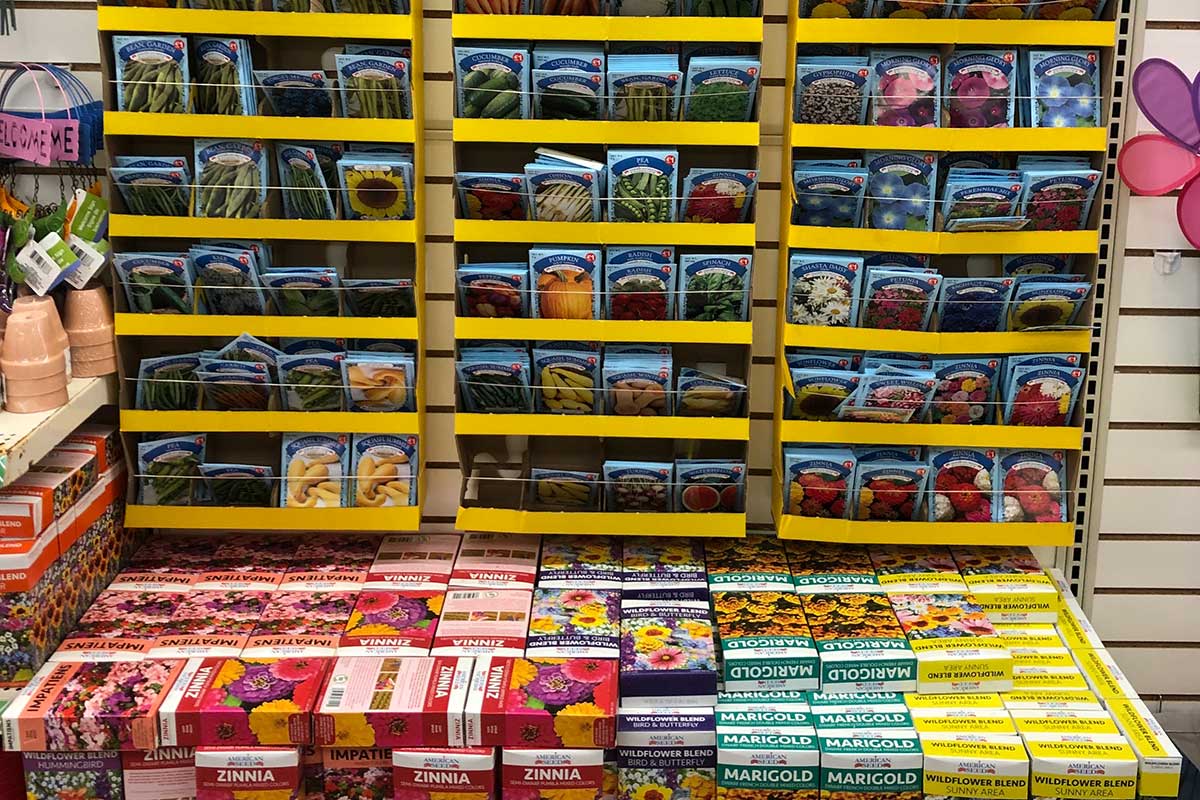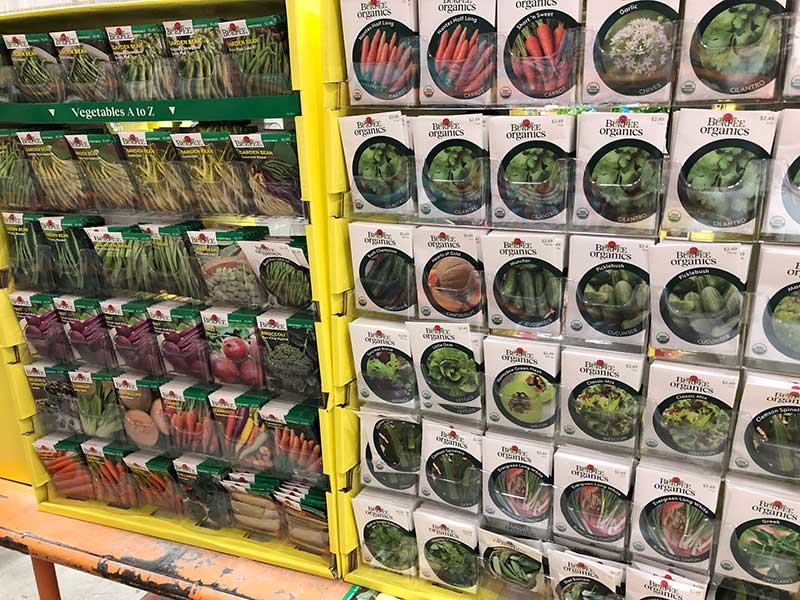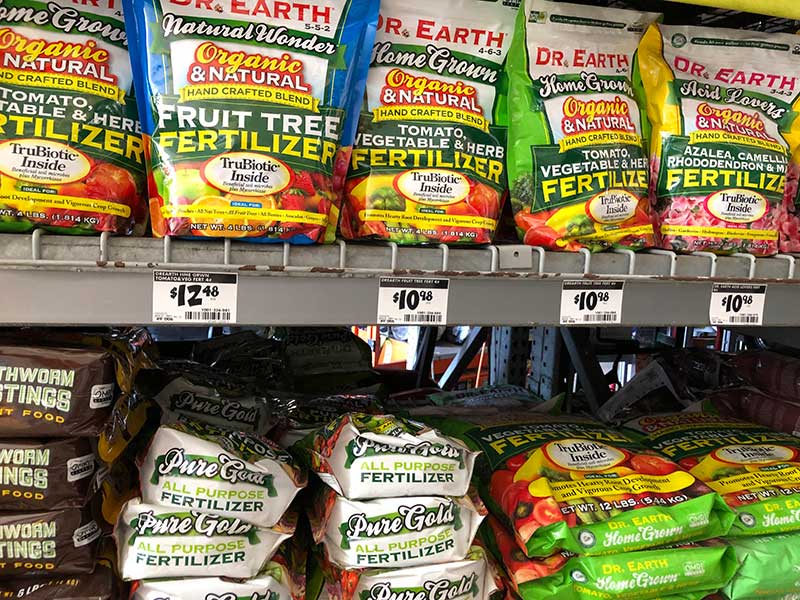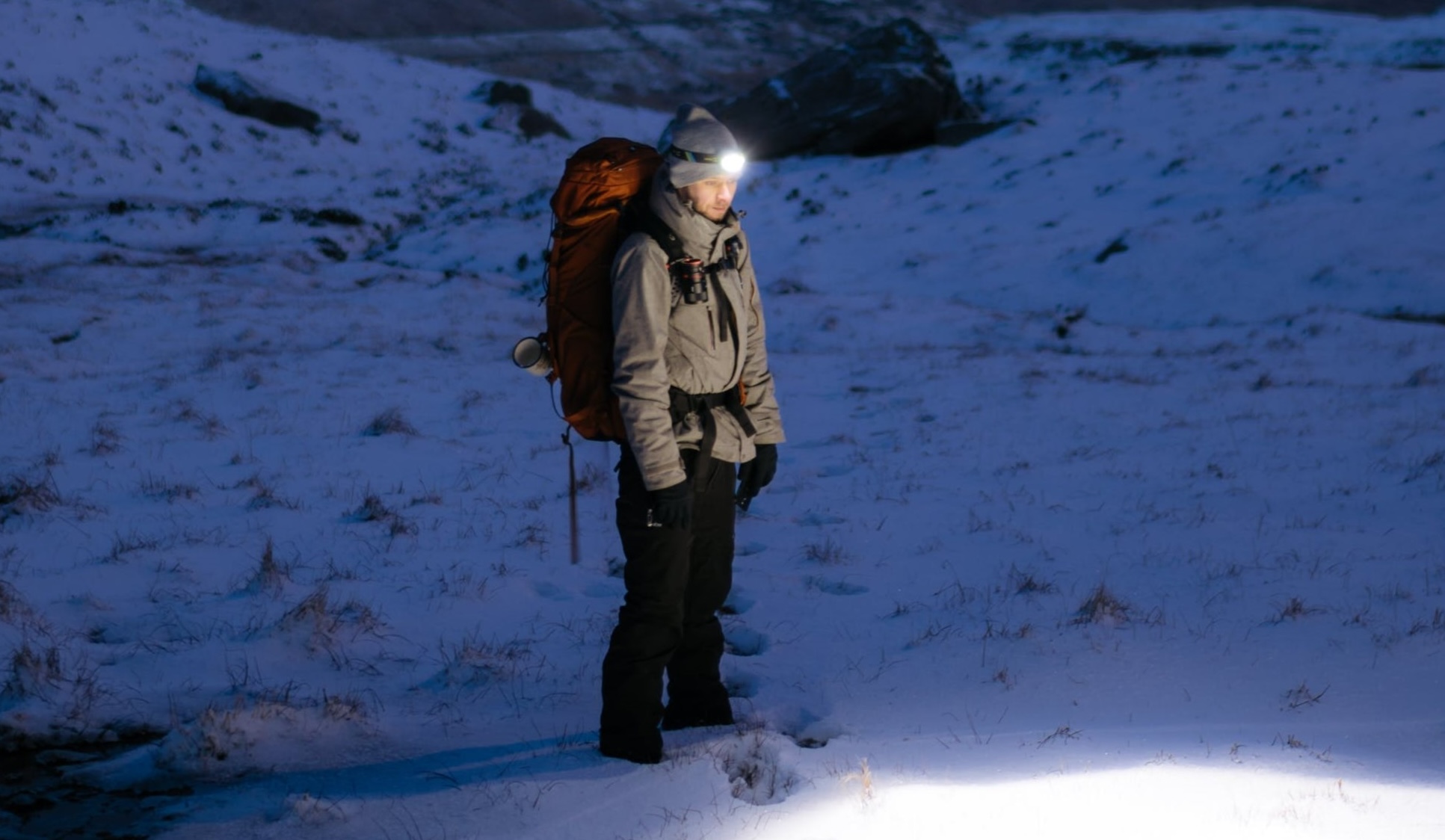
AC-022122-American-Cop_header-800
During World War I and II, many countries experienced serious food shortages and disruptions in the transportation and distribution of many food items. Facing possible widespread starvation, world leaders had to find innovative ways to feed the public, and the troops, while easing the burden on overwhelmed commercial farming operations. Responding to calls from their governments to conserve resources for the war effort, private citizens in the United States, Canada, Great Britain, and other countries started home gardens which would come to be known as Victory Gardens.
Throughout both world wars, home gardens were prevalent and wildly successful at safeguarding against food shortages, helping to feed the folks back home, and supporting the war effort. Home gardens also brought people together and promoted community, pride, and a strong sense of patriotism.
The home garden idea is still alive and highly relevant one hundred years later. In this article, we discuss how easy it is to establish, and maintain, a basic home garden.

Seedlings are more expensive than seeds, but they provide your garden with a head-start since they already have roots and are ready to plant. Seedlings will produce crops much faster and with less effort. This is especially important if you have a short growing season.

When choosing seedlings, look for healthy, stalky plants and avoid spindly or stretched plants. Also, make sure to look for plants that will do well in your climate and are free of diseased leaves and bugs.
21ST CENTURY VICTORY GARDEN
Fast forward to the present, and currently, there are no large-scale wars, and food is relatively plentiful. One could even argue that access to food has never been easier or more convenient. But, we’re starting to see supply chain issues affecting inventory on supermarket shelves, along with increases in food prices and decreases in the portion sizes of many popular products. While most of us can still buy what we need to feed ourselves, all that can change very quickly. And, even more concerning, these changes can come with little warning.
Having a home garden can supplement your menu with fresh fruits, vegetables, and herbs while reducing your dependence on the industrial food complex. In other words, if you get your food from the supermarket shelves, you are most likely wholly reliant on a whole distribution chain. That chain includes: farms, manufacturers and distributors of fertilizer, seeds and farming equipment, trucks, truck parts, fuel, petroleum products, container ships, ports, truck drivers, warehouses, distributors, supermarkets, and a whole bunch of other stuff that most people have no idea affects the products that make their way into the local markets. The bottom line is that this is just one example of the potential risks in the supply chain, but it’s enormous.
Any one of the components detailed above can fail. Each has the potential to completely disrupt the nation’s food supply in short order.
WHAT YOU NEED TO GET STARTED.
Starting a home garden is easy and requires little time or money. To begin, you’ll need a sunny spot, some seedlings or seeds, soil, fertilizer, water, and a few simple tools. That’s it! There will be a learning curve, but thankfully, there are many beneficial resources to help get you started.
Below is a list to help you get started:
· Seedlings
· Seeds
· Potting Soil
· Fertilizer (Organic)
· Watering can and or hose
· Shovel, spade, garden fork
· Gloves, knee pads
If you have never done any significant gardening, it’s best to start with a small space and give yourself time to learn some gardening basics. An area of approximately 6×6 feet is enough to get started. Starting small will give you a pretty good idea of how much time and effort your garden will require before making a significant investment of time and possibly money. You’ll also find out what plants do best in your region of the country and your garden in particular. When choosing your plants (seeds or seedlings), look for varieties that offer disease resistance, improved yields, and temperature tolerance.
You can set up raised beds or use pots or other containers. Many gardeners plant extensive gardens with nothing more than a dozen or so five (5) gallon plastic buckets.
When the time comes to harvest your plants, note which plants had the best yield and produced the best quality fruits and vegetables, all this information will help you for the next growing season.

Seeds come in many varieties and are generally far cheaper than buying seedlings. Shop around and experiment with different seed types, balancing price and quality. Make sure to harvest and save seeds from your crops.

Fertilizers provide plants with nutrients that allow crops to grow bigger, faster, and increase yields. Whenever possible, try to use natural (organic) fertilizers, which are obtained from plants and animals, to improve the organic matter content of the soil.

Natural “raised bed” or “potting mix” is available in ready-to-use bags and often comes with some premixed organic nutrients.
LAST THOUGHTS
While a home garden may never produce enough food to feed an entire family, and it will certainly never replace your basic food stores, it’s still a very worthwhile addition to your preparedness plan. Remember, for your food stores, you should maintain a minimum of 90 days of long-term, non-perishable survival food for your family. Focus on calorie-dense foods that require little to no cooking and will supply at least 2000 calories per person per day. However, having a garden can supplement your emergency food stores, provide fresh produce to consume immediately, and store for later use. A home garden can also help you reduce your dependence on the supply chain, commercial farming, and food producers. Start with a small garden to get the entire family involved; it’s a fun way to get everybody outdoors, bond, and teach the kids some essential life skills.
Stay Safe and Be Prepared.
ABOUT THE AUTHOR
Richard is a practicing attorney, an urban survival consultant, writer, firearms enthusiast, and freedom-loving American patriot. He’s the author of Surviving Doomsday: A Guide for Surviving an Urban Disaster, and The Quick Start Guide for Urban Preparedness. Richard’s books are available at Amazon and other fine retailers. You can connect with Richard on Twitter @SurvivingDoomsd
DISCLAIMER
The material provided is for informational purposes only. Any use of the information contained in this article shall be solely at the reader’s risk.














